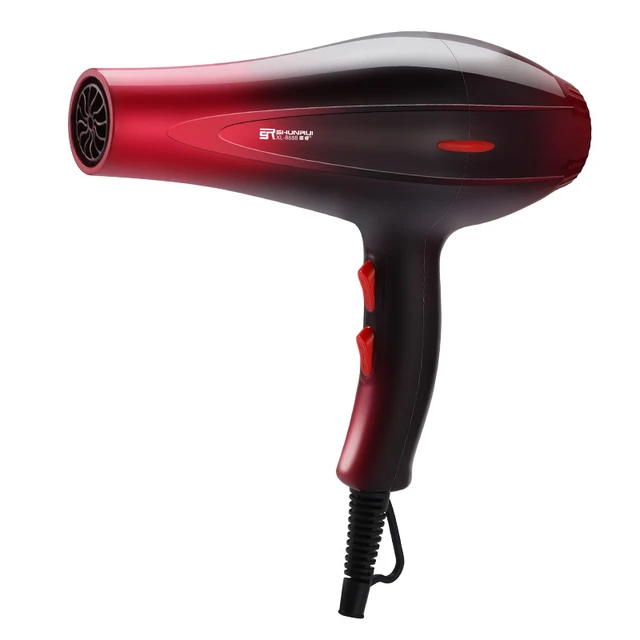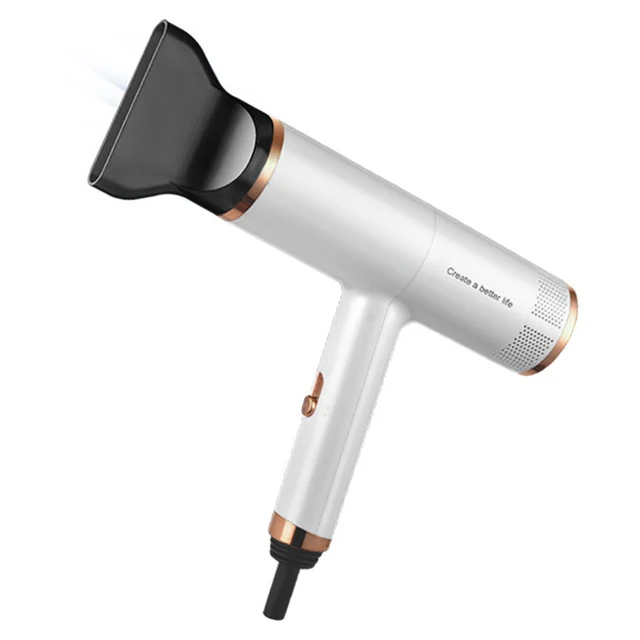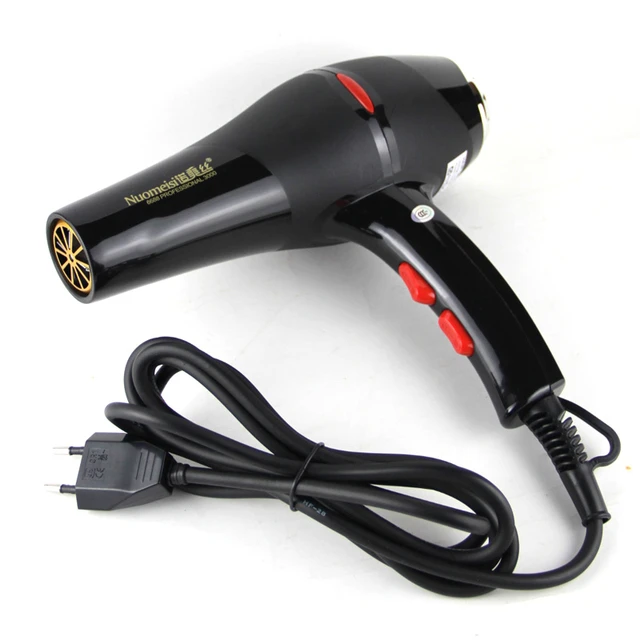Traveling to Europe brings the thrill of new experiences, but it also introduces practical challenges like figuring out whether you can use your everyday appliances abroad. One common question travelers often ask is, “Can I use my hair dryer in Europe?” The answer isn’t always straightforward, as it depends on several factors such as voltage compatibility and plug types. Let’s explore what you need to know to safely and effectively use your hair dryer during your European adventures.
Understanding Voltage Differences
European Voltage Standards
In Europe, the standard voltage is typically 220-240 volts, whereas in North America it is usually around 110-120 volts. This significant difference can affect whether your hair dryer works or even survives the trip when plugged in. Plugging a 110-volt hair dryer into a 220-volt European socket without proper precautions can result in damage or even pose safety hazards. Therefore, understanding voltage compatibility is crucial for any appliance you intend to bring along.
Dual Voltage Hair Dryers
Many modern hair dryers are designed with dual voltage capabilities, allowing them to operate safely on both 110-120 volts and 220-240 volts. Dual voltage hair dryers usually have a switch to toggle between the two voltage settings. If your hair dryer has this feature, you’re already one step ahead. Always check the manufacturer’s specifications to confirm if your device supports dual voltage. Switching to the correct voltage setting before plugging in can save your device from potential damage.
Checking Your Hair Dryer’s Specifications
Reading the Label
Before packing your hair dryer, inspect the label or manual for information about voltage and wattage. This information is typically printed on the handle or back of the device. Look for a notation like “110-120V/220-240V” to indicate dual voltage support. If your hair dryer only lists 110-120V, it’s not compatible with European electricity without additional equipment. Identifying this before your trip can help you make necessary preparations to ensure seamless use abroad.
Manufacturer’s Manual
The user manual contains valuable details, including troubleshooting tips and specific instructions for switching voltage settings if available. Reading through the manual can clarify any doubts about usage in different regions. If you no longer have the manual, it can often be found online through the manufacturer’s website. This information can guide you on how to properly manage your device under different electrical standards.
Using a Voltage Converter
Purpose of a Voltage Converter
A voltage converter is designed to change the voltage from one electrical standard to another, allowing appliances designed for 110-120V to operate on 220-240V systems or vice versa. If your hair dryer is not dual voltage, using a converter becomes necessary. However, it’s crucial to ensure that the converter handles the wattage of the hair dryer. Overloading a converter can result in failure or even damage to your appliance and potential safety hazards.
Types of Converters
Converters come in different types, primarily step-up and step-down. A step-down converter lowers the voltage from 220-240V to 110-120V, which is what you’ll need for most North American devices used in Europe. When selecting a converter, make sure it matches or exceeds your hair dryer’s wattage requirements. High-wattage hair dryers might require a heavy-duty converter to operate safely and effectively.
Plug Adapters: A Must-Have
European Plug Types
Europe predominantly uses two plug types: Type C (two round pins) and Type F (two round pins with grounding clips). Without a suitable plug adapter, you won’t be able to connect your hair dryer to the power outlets in Europe, even if the voltage is compatible. Plug adapters do not convert voltage; they simply allow your device to connect to the differently shaped outlets. Ensuring you have the correct adapter enables you to plug in your hair dryer anywhere in Europe without struggling to find a compatible outlet.
Universal Plug Adapters
Universal plug adapters are versatile tools that accommodate multiple plug types. These adapters are particularly useful for travelers visiting multiple countries with different standards. Investing in a good-quality universal adapter ensures you’re equipped for almost any power outlet you encounter. It simplifies your travel packing and provides peace of mind knowing you can use your appliances without hunting for specific adapters in each new destination.
Safety Precautions
Risk of Overheating
Using a hair dryer with incorrect voltage settings can lead to overheating and cause permanent damage to the device or even fire hazards. Always double-check that your hair dryer is set to the appropriate voltage before plugging it in. Adding an additional layer of caution by monitoring the device as you use it, especially during the initial use in a new region, can help mitigate any immediate safety risks.
Protecting Your Appliance
To further minimize risks, avoid using your hair dryer for extended periods when first testing it abroad. Allow the device to rest between uses to prevent overheating. Packing a surge protector can also add a layer of security against electrical spikes and surges that could damage your appliances. These steps ensure that your hair dryer remains functional throughout your trip and maintains its longevity.
 Alternative Solutions
Alternative Solutions
Hotel Hair Dryers
Many hotels in Europe provide hair dryers as part of their room amenities, which can eliminate the need to bring your own. While these hotel-provided devices may not always match the quality or specific features of your personal hair dryer, they are guaranteed to be compatible with local voltage and plugs. Using hotel hair dryers can simplify your packing and free up luggage space for other travel essentials.
Travel Hair Dryers
Investing in a travel hair dryer specifically designed for international use is another convenient option. These devices are typically smaller, lighter, and often come with dual voltage settings and interchangeable plugs. Travel hair dryers are built for portability and ease of use across different electrical systems, making them a reliable alternative for frequent travelers.
Considering Hair Types and Styling Needs
Performance Abroad
If you have specific styling needs or hair types that require particular settings and features, using a standard or hotel hair dryer might not give you the desired results. High-wattage or specialized hair dryers provide more control and better performance, making it essential to ensure these devices are compatible with European standards. Assessing your styling requirements can guide you in deciding whether bringing your own device or relying on accessible alternatives is the best approach.
Portable Styling Solutions
Portable styling tools like compact straighteners or curlers with dual voltage settings offer additional options for travelers. These tools can complement a basic hotel hair dryer, providing a broader range of styling possibilities without the hassle of voltage issues. Combining such tools with your travel hair dryer ensures you can maintain your style effortlessly while abroad.
Environmental Considerations
Energy-Efficient Models
Choosing energy-efficient hair dryers and styling tools contributes to sustainability, reducing your carbon footprint during travel. Many brands now offer eco-friendly models designed to use less electricity without compromising performance. Opting for these devices aligns with sustainable travel practices and promotes environmental responsibility.
Reducing Travel Accessories
Minimizing the number of electrical devices you carry by using multifunctional tools or relying on the amenities provided by accommodations can streamline your travels. This practice not only reduces luggage weight and complexity but also minimizes the energy expenditure associated with transporting and using multiple appliances.
Conclusion
Bringing clarity to the question “Can I use my hair dryer in Europe?” involves understanding voltage differences, checking your hair dryer’s specifications, and employing the right tools such as converters and plug adapters. Preparing effectively ensures that you can use your hair dryer without issues, making your European travels more comfortable and convenient. Whether investing in dual voltage devices, relying on hotel amenities, or choosing energy-efficient options, knowing your needs and the local standards equips you to enjoy seamless and stylish experiences abroad. Therefore, with the right preparations, you can confidently take your hair dryer to Europe and continue your daily hair care routine without any hitches.

